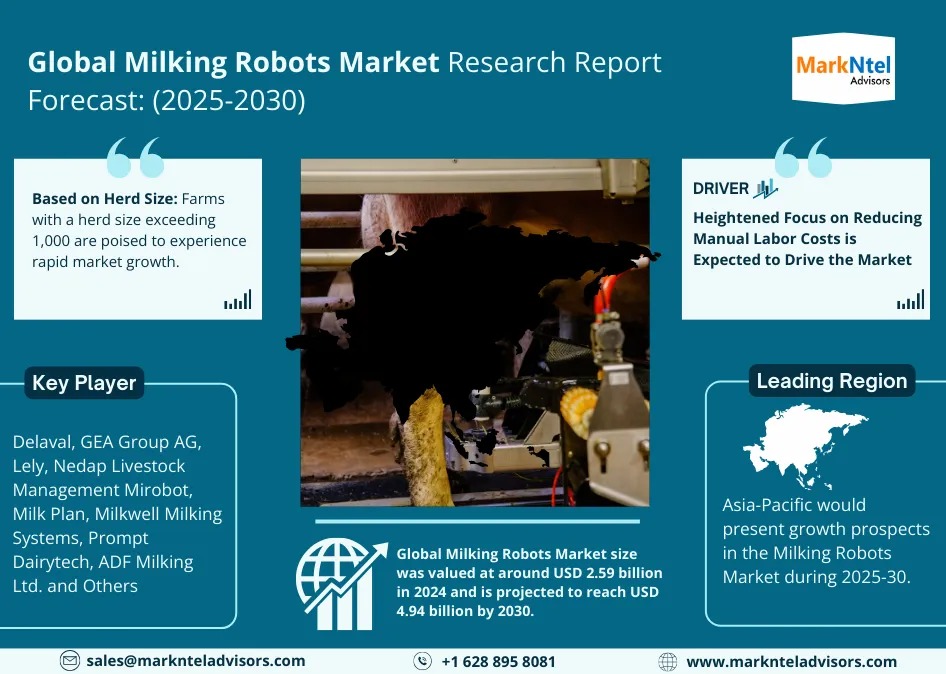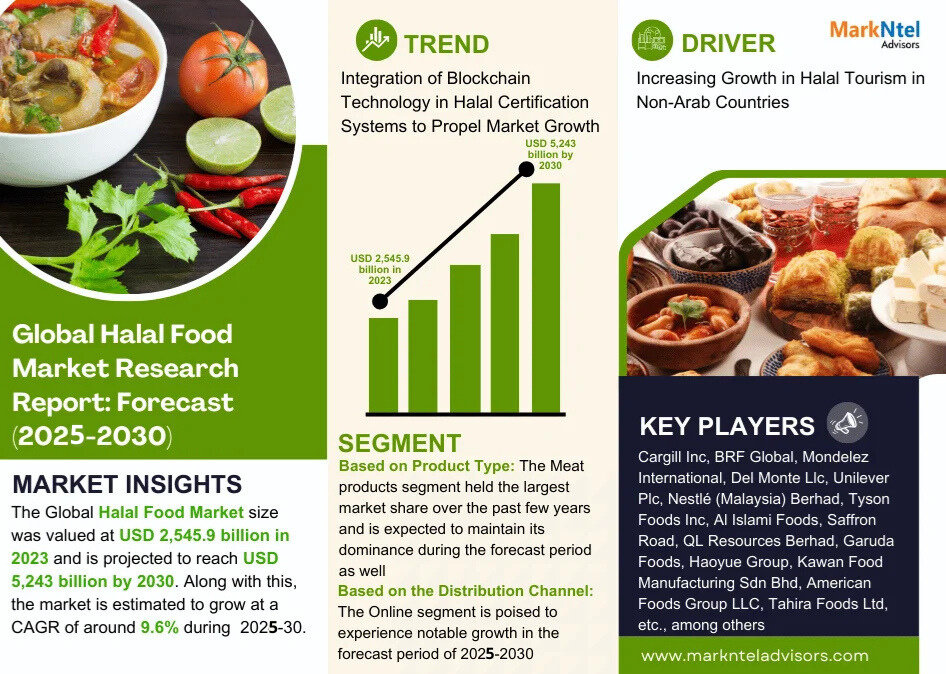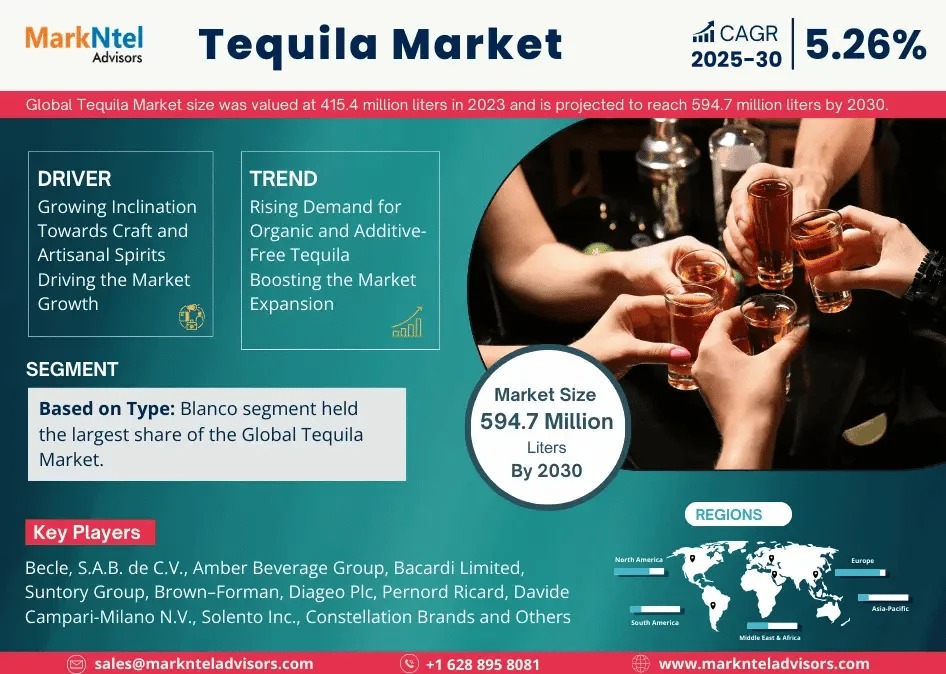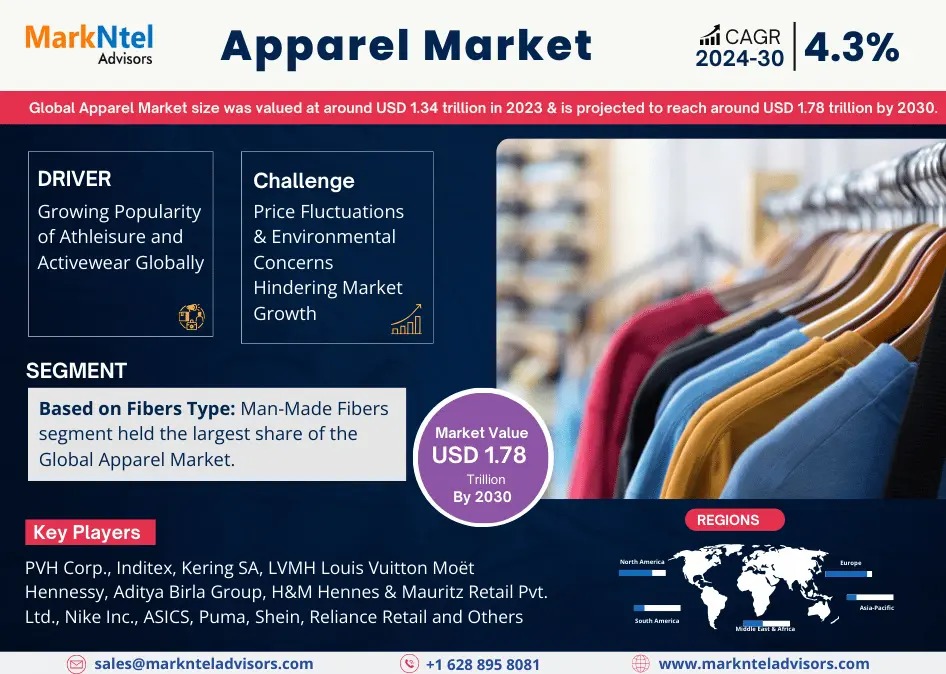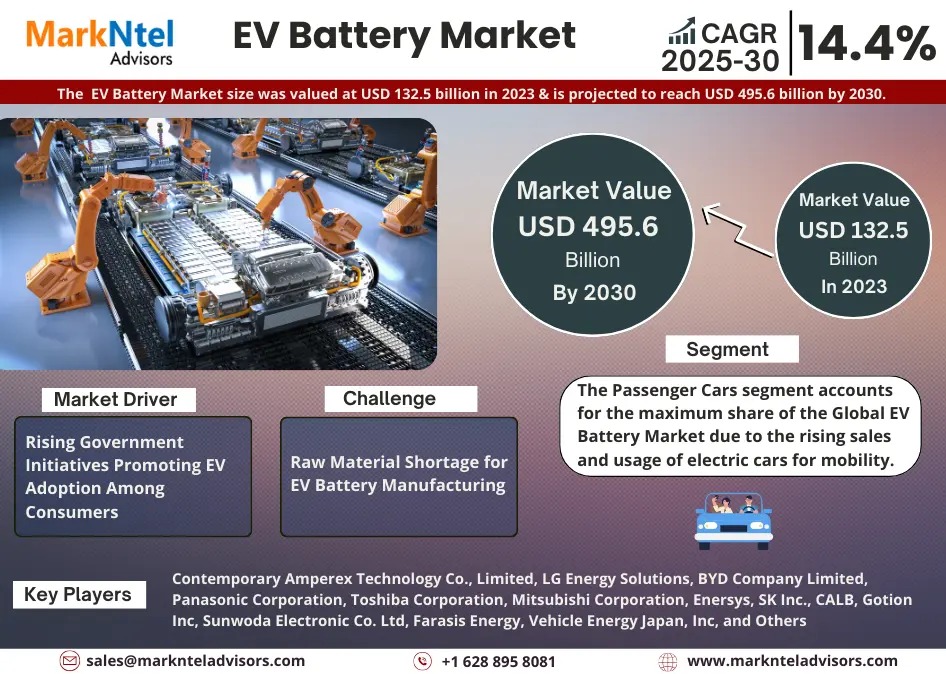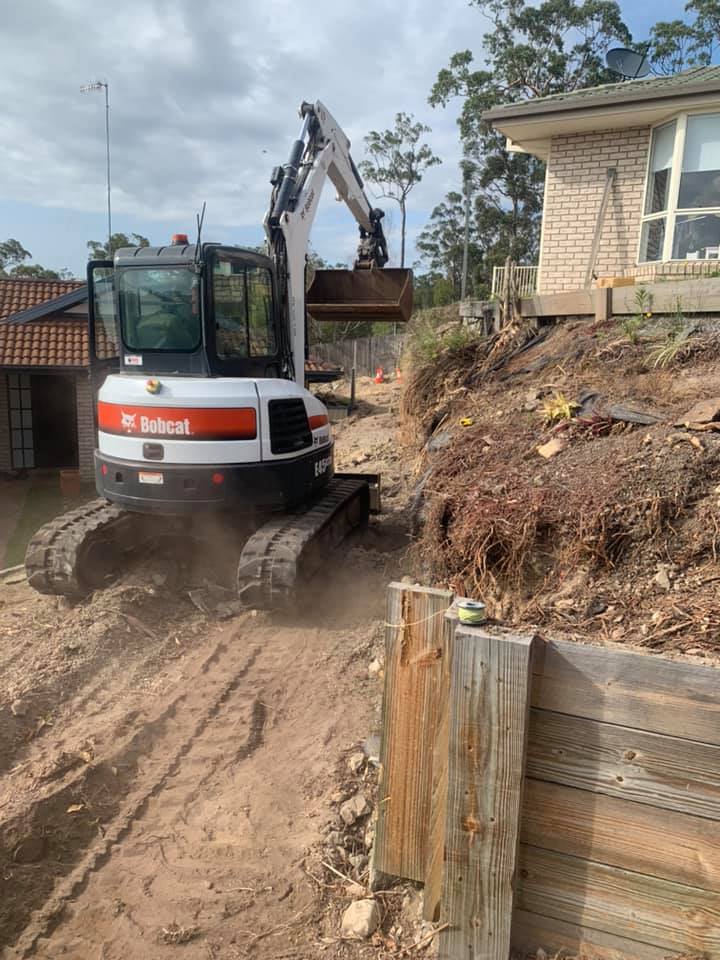
Shotcrete is a highly versatile and durable method of concrete placement widely used in modern construction, especially in areas requiring high-strength support and complex geometries. Unlike traditional concrete, shotcrete is applied pneumatically using a hose at high velocity onto a surface, which may be either vertical or overhead. Its quick application, strong bond with substrates, and reduced formwork needs make it an ideal solution for tunnels, retaining walls, swimming pools, slope stabilisation, and more. Understanding the basic principles of shotcrete construction is essential for ensuring successful application and long-term performance.
Types of Shotcrete
There are two primary types of shotcrete: dry-mix and wet-mix. In the dry-mix process, the dry ingredients are mixed and fed into the shotcrete equipment, where water is added at the nozzle during application. This method offers better control over water content and is often preferred for smaller, repair-focused jobs. In contrast, the wet-mix process involves pre-mixing all ingredients, including water, before pumping the mixture through a hose to the nozzle. Wet-mix shotcrete is generally used for larger applications and provides more consistent results with less dust.
Surface Preparation
One of the foundational principles of shotcrete construction is thorough surface preparation. The receiving surface must be clean, roughened, and free from loose materials, oil, or dust to ensure good bonding. Any existing cracks or defects should be repaired or stabilised before application. For best results, surfaces should be pre-wetted, especially in dry-mix applications, to avoid rapid moisture absorption and to help achieve better adhesion.
Reinforcement and Thickness Control
Reinforcement is often necessary, particularly for structural shotcrete applications. Steel mesh, rebar, or fibres (like steel or synthetic fibres) may be incorporated to improve tensile strength and control cracking. Shotcrete can be applied in layers, allowing greater control over thickness and shaping. However, proper technique is vital to avoid rebound (material bouncing off the surface) and to maintain uniform thickness without sagging or hollow spots.
Application Technique
The skill and experience of the nozzle operator significantly affect the quality of the shotcrete application. The nozzle must be held at a correct angle—usually perpendicular to the surface—and at the proper distance to achieve optimal compaction. Improper nozzle control can lead to voids, overspray, and rebound, affecting the overall strength and finish. In multiple layers, each application must be cured properly and should not delaminate or weaken under subsequent layers.
Curing and Finishing
Curing is another essential aspect of shotcrete construction. Like traditional concrete, shotcrete requires adequate moisture and time to gain strength. Neglecting curing can lead to surface cracks and reduced durability. Depending on the project requirements, shotcrete can be left as-sprayed or finished using trowels for a smoother appearance.
Safety Considerations
Safety is paramount when working with shotcrete. Operators must wear protective gear to guard against dust, rebound material, and the high-pressure application process. Proper ventilation and dust suppression are necessary, especially in enclosed areas or during dry-mix operations.
In summary, shotcrete construction is a specialised yet efficient method of concrete placement. By following the basic principles—correct surface preparation, appropriate reinforcement, skilled application, and proper curing—project teams can ensure strong, durable, and long-lasting shotcrete structures.
